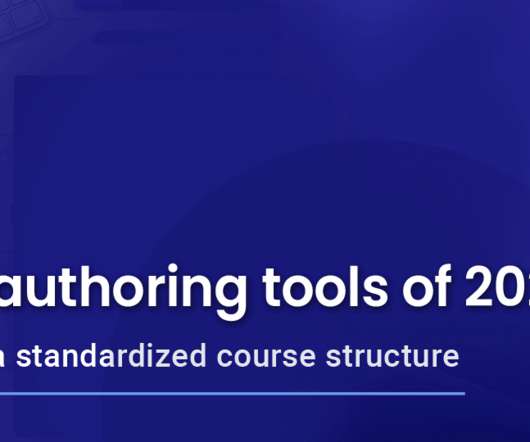Too Little Time to Develop E-learning? Go for Rapid Development!
CommLab India
JANUARY 13, 2017
As you can see, a rapid development process usually takes between 10 and 15 days, and the turnaround time of an e-learning project following a rapid process is very less. Articulate Storyline , for example, Has some default in-built features such as character packs, an asset library, and templates which allow users to develop rapidly.
















Let's personalize your content